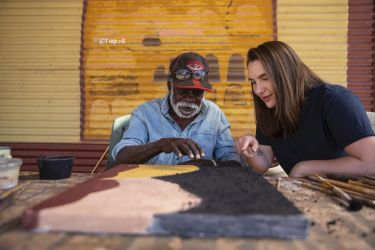
Arts & Culture
Conserving Australia’s cultural record
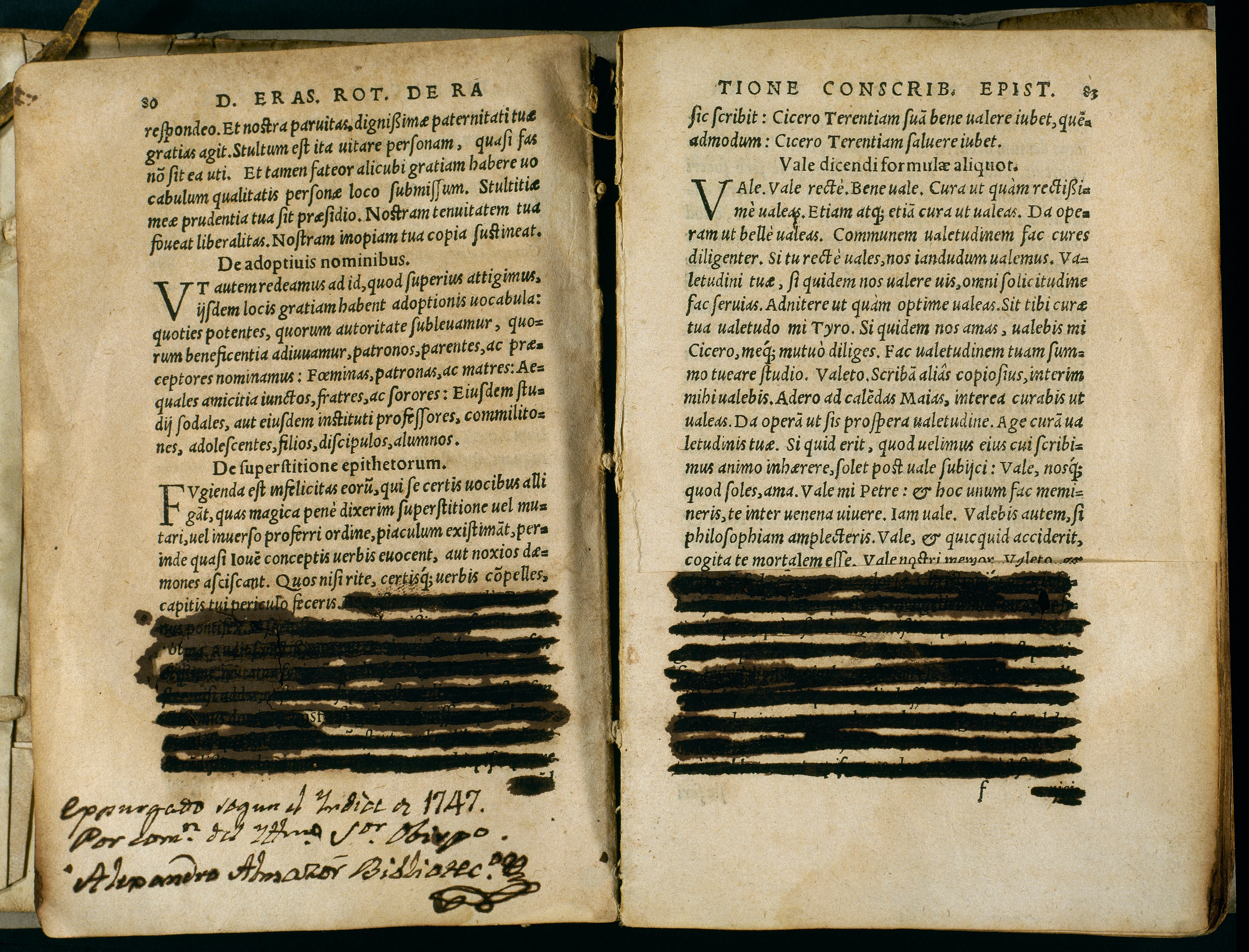
Any loss of our historical record – accidental or intentional – leaves us less able to understand the past or make informed decisions about our future
Published 24 March 2025
We live in a world where misinformation spreads easily, deepfakes blur reality and political spin reshapes narratives. So, our ability to verify accurate information has never been more critical.
Facts shape our understanding of history, identity and justice, but they are increasingly contested, manipulated or erased.

The rise of artificial intelligence (AI), algorithms and social media echo chambers further complicates our ability to distinguish between what’s real and what’s fabricated, while ideological interests try to control our narratives by restricting language and access to knowledge.
Without verifiable information, we lose not only our past but also our ability to make informed decisions about the future.
Verifiability is dependent on provenance - the process of tracking back through a credible chain of information to a source that itself is verifiable. Verifiable information has value.
In the art world, provenance frames ideas of value and significance. Works with verified provenance hold greater value, underpin scholarship and education, contribute to national identity, and serve as a vital resource for artists creating new cultural material.
AI's persuasiveness in sourcing and repurposing information – alongside creative output – complicates ideas of truth and authenticity.

Arts & Culture
Conserving Australia’s cultural record
In 2023, the Writers Guild of America and the Screen Actors Guild–American Federation of Television and Radio Artists went on strike for four months protesting the use of AI – linking the value of creativity with the ability to verify human authorship.
And there are newer challenges when it comes to verifiability.
On one hand, the creation of a convincing deepfake identity can add more layers to a narrative, establishing a parallel universe of improbable, yet seemingly verifiable, facts.
On the other hand, we’re seeing information suppressed or removed. Earlier this year, the US Centers for Disease Control and Prevention “…instructed its scientists to retract or pause any research manuscripts under consideration by medical or scientific journals” – not just its own – to prevent the inclusion of forbidden terms.
These forbidden terms include: gender, transgender, pregnant person, pregnant people, LGBT, transsexual, non-binary, nonbinary, assigned male at birth, assigned female at birth, biologically male and biologically female.
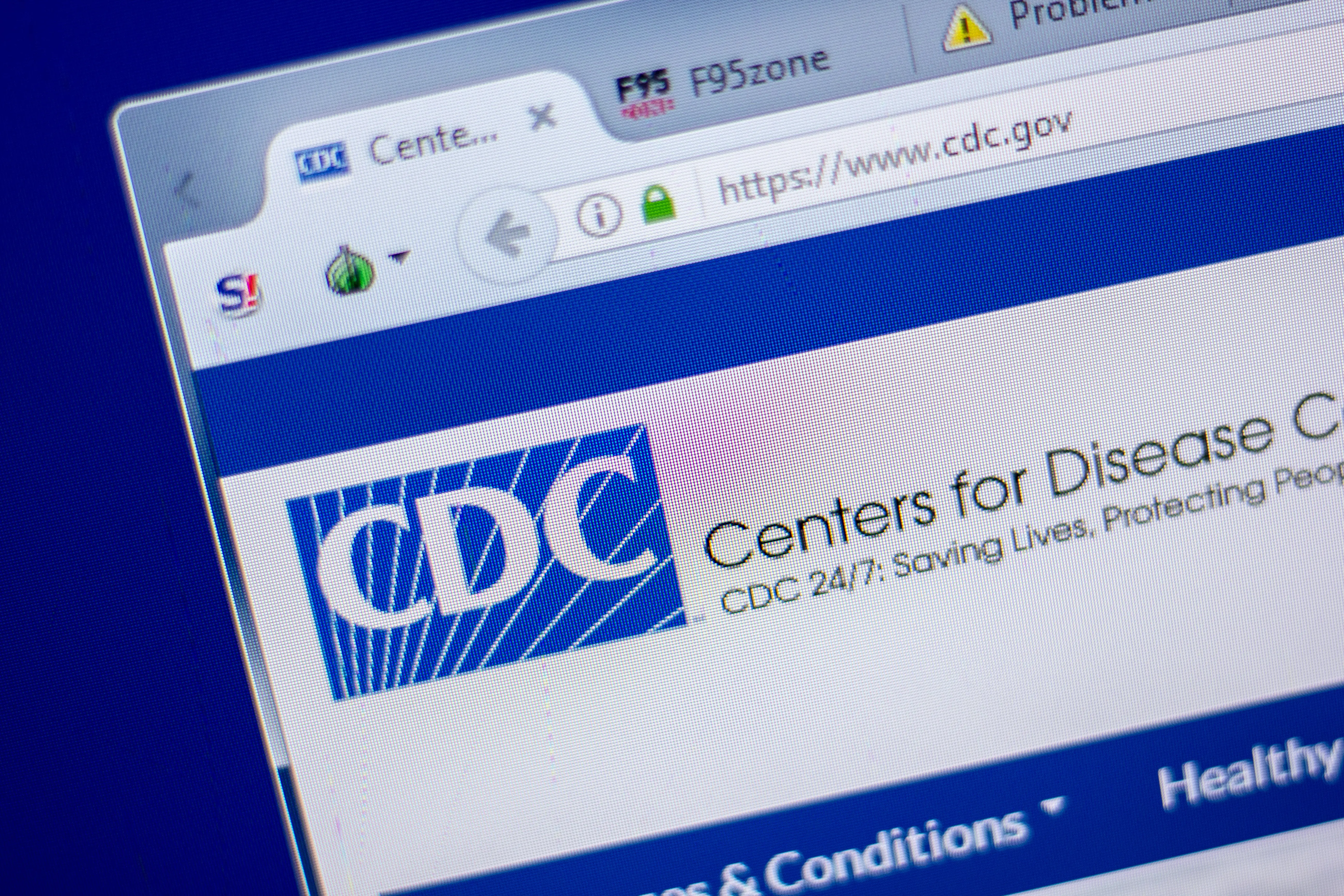
Reassigning a noun does not alter reality; instead it erases the visibility of those previously defined by these ‘forbidden’ terms, effectively erasing their history.
Conservation is a discipline dedicated to preserving information. It serves as a foundation for scholarship that explores cultural identity, historical accuracy, documentation and the creation of new knowledge.
The evolution of culture, the development of identity and the verification of histories all depend on access to authentic cultural records, including historical documentation (including oral histories) and scientific heritage (including Indigenous knowledges).
Conservators work in interdisciplinary teams with the aim of “distinguishing between the necessary and the superfluous, the possible and the impossible, the intervention that enhances the qualities of the object and that which is detrimental to its integrity”.

Arts & Culture
What history can really teach us
Without cultural records that can be interrogated to reveal a coherent, contestable truth – one with context and rigour – we lack the tools to understand the past or make informed decisions about the future.
If we fail to protect and conserve these assets, we risk a lot. We jeopardise community empowerment, freedom of speech, democracy and integrity of our public institutions.
How do we understand our own agency, or that of others, and grasp the trajectory of human development without those reference points that define our identity?
If our cultural record is not preserved and available to relevant communities and people, it creates very real social issues in areas like free speech, equity and education.
Our right to information is recognised by Resolution 59 of the UN General Assembly (1946) and Article 19 of the Universal Declaration of Human Rights (1948).
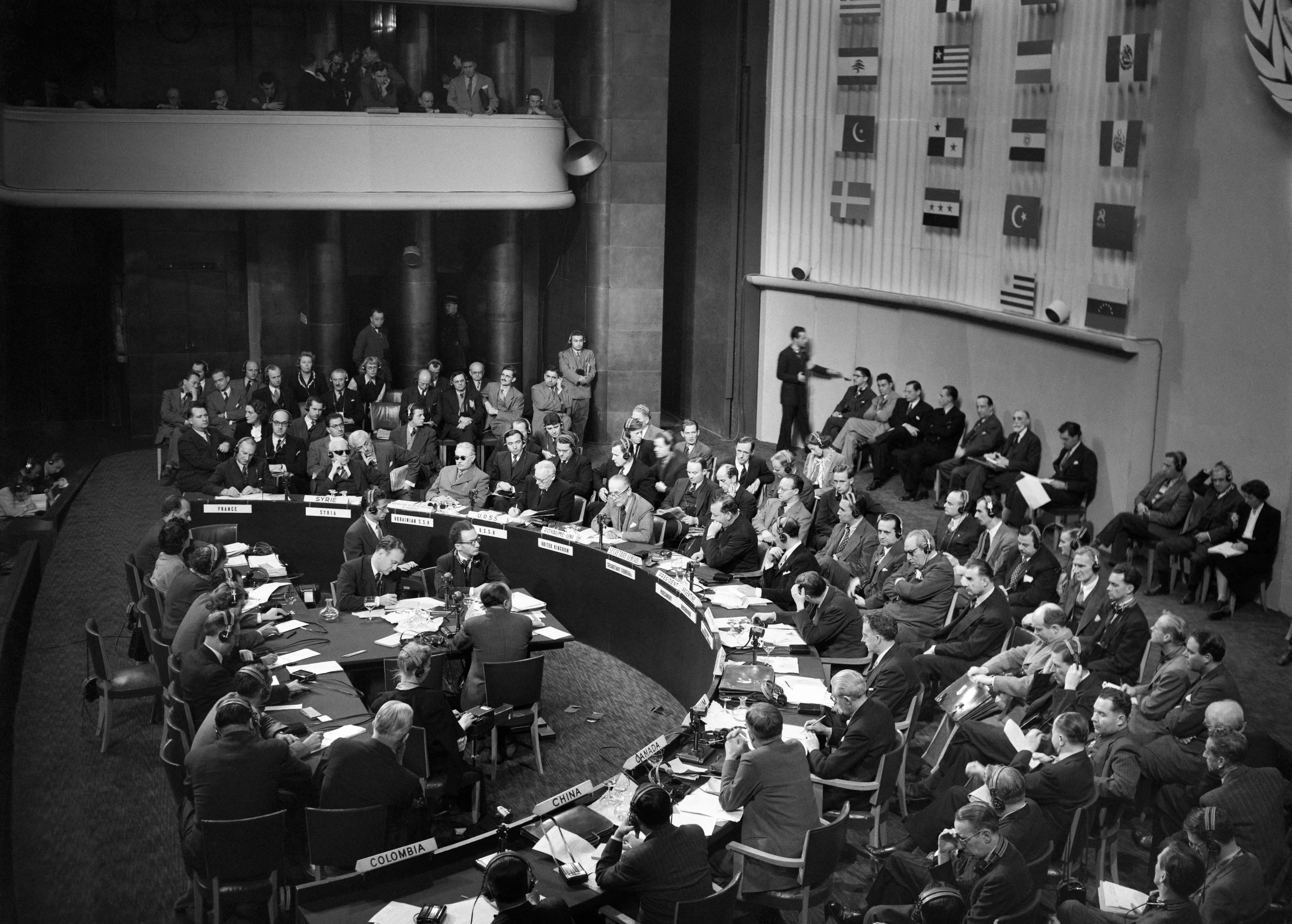
Sixty years later, this right was further reinforced in the UN Brisbane Declaration (2010). This continuing focus underscores the importance of access to information for informed decision-making, democratic participation, transparency and social equality.
The term information asymmetry describes how privileged access to information creates unequal advantage, allowing one group to make better decisions because they have access to better or more information.
This power imbalance occurs when the loss of crucial cultural material – whether it’s due to disaster, economic impacts or intentional removal – limits our ability to use the knowledge it contains for education, to strengthen and develop communities and nurture the individuals that make them.
The net result is that there is an overall reduction in the content of the human record.
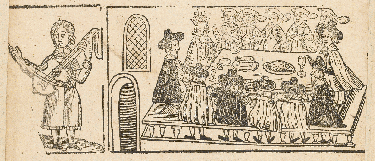
Arts & Culture
Why fake news is anything but new
Having access to a rich and diverse culture enables researchers to understand the continuity of ideas, practices and identities within communities, while also challenging beliefs and building stronger, more relevant connections.
This idea, of conserving the human record for everyone, sits at the heart of the work of the new Robert Cripps Institute for Cultural Conservation. Its aim is to transform the cultural health of Australia and our region, while responding to emerging threats to cultural legacies
We recognise that information asymmetry remains a continual tool of oppression – particularly for communities that have been colonised, marginalised or oppressed. And that our cultural and historical records are under increasing threat.
The situation is urgent.
Cultural loss generates an urgent legacy of social asymmetry that conventional research struggles to address. Responses remain fragmented, and most universities offer little to tackle the insecurity and inequality caused by the erosion of cultural material.
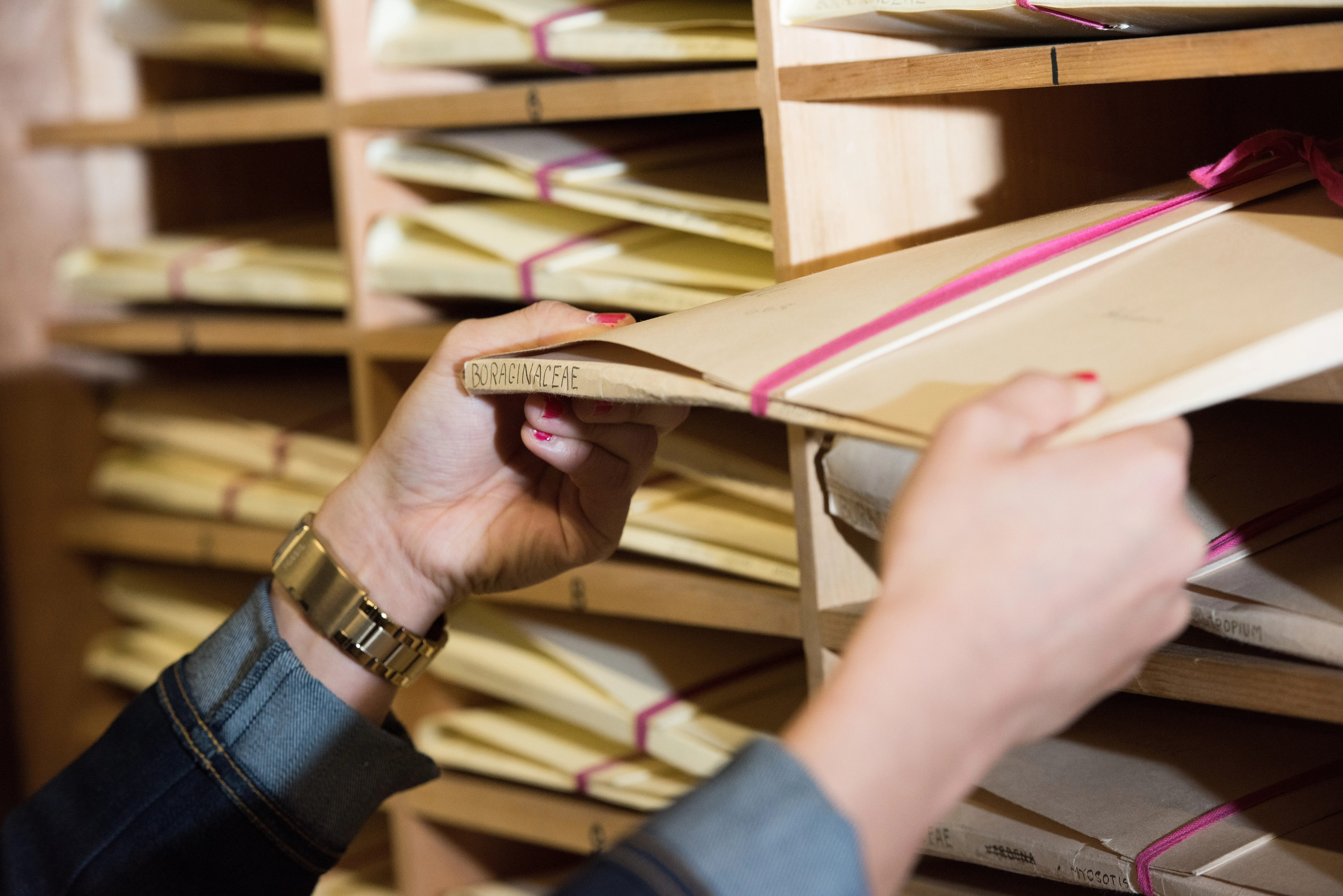
For many people in Australia, their right to know through the security of access to their cultural heritage remains unprotected.
Cultural conservation is crucial in safeguarding our authentic cultural record, ensuring that history, societal values, and systems of justice can be examined, understood and held accountable.
Our team continues to work to prevent cultural loss, preserving materials that are vital to our collective identity.
As we face an ever-changing future, the preservation of our historical record is not just an act of remembrance – it’s an essential foundation for informed decision-making, social progress and the empowerment of future generations.